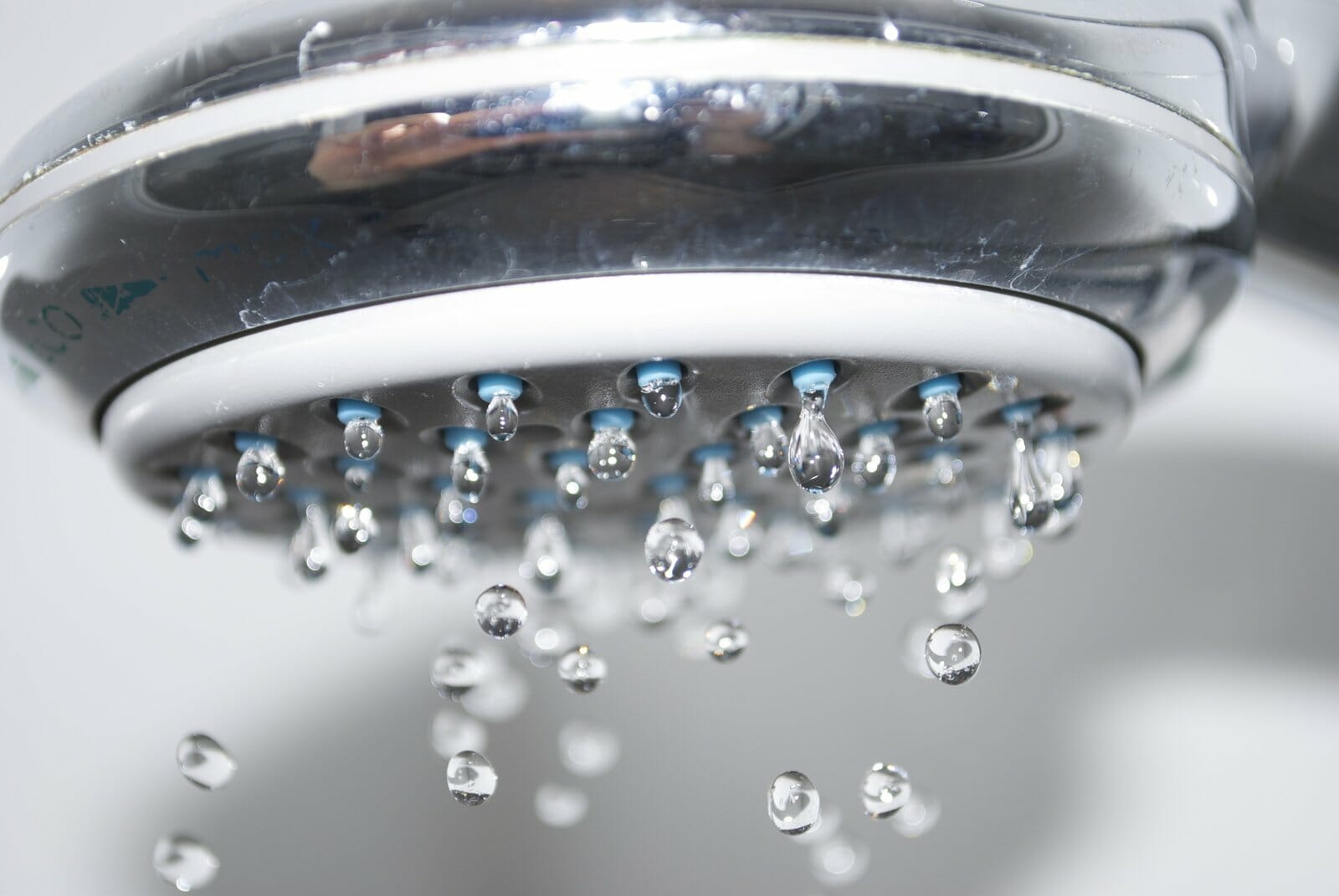Many homeowners look forward to a shower first thing in the morning to get clean for the day ahead or at the end of the day to relax. When you’re looking forward to a decent level of water pressure, and you only get a trickle it can be frustrating. There are a number of reasons why a shower can lose pressure and become difficult to use. In this article, we will look at four proven methods that will help you to prevent a loss of water pressure when showering.
- The Pressure Balance Valve
One of the first things that you will want to examine closely is the pressure balance valve. This is a switch that controls the amount of water pressure that you receive and the water temperature. Another factor to consider is that nearby water using fixtures could affect your shower pressure. Some people may have noticed a drop in water pressure when someone entered the bathroom and flushed a toilet or ran some water in the sink.
- The Diverter Valve
Depending upon the layout of your home and the overall size you may have a dedicated shower stall or a shower and tub combo. In a combo configuration, there is a component known as the diverter valve. This is a valve that will switch or divert the water supply between different modes. In one position the water will fill up the tub, and in the other, it will supply water to the shower head. Over time, this valve may stop working as intended and you may find that you only have water supplied in a single mode. If this is the case, a professional plumber should be contacted to confirm the cause and fix the problem.
- Leaks and Broken Pipes
Eventually, any plumbing system will have leaks or even broken pipes that need fixing. It may be the case that your home has older rubber hoses installed and newer metal hoses would be a significant upgrade. A leak or break somewhere in your plumbing could easily cause a loss of water pressure in your shower. This is also a problem that is much larger in scope because a leak will only get worse over time and it could cause significant water damage. Often, this damage occurs in an area that is nowhere near the original leak as the water can travel. Water damage is expensive to fix, so locating and fixing the problem early is advised. If you think that you may have a leak, get in touch with a
certified local professional plumber for help.
- Blockages and Clogs
An unexpected clog can be simple to fix; the pipe could be blocked or perhaps the shower head is clogged. To check this, detach your shower head from the fixture and take a close look at it. Soaking the shower head overnight in vinegar is a great way to get rid of any calcified deposits that are inhibiting the flow of water. This is often a sure sign that you have hard water issues and these can be resolved by installing a water softener.
By Giovanni Longo President Flood Brothers Plumbing
Giovanni Longo is a 3rd generation master plumber who has been practicing his craft and trade in the greater Los Angeles area for well over a decade and a half. A plumbing and hydraulics-engineering innovator, Giovanni’s particular world-class expertise focuses on dealing with challenging sewer system designs as well as resolving complex commercial and residential draining issues. As a certified Flood Mitigation expert, he is also well versed in a wide variety of water damage and remediation solution.





